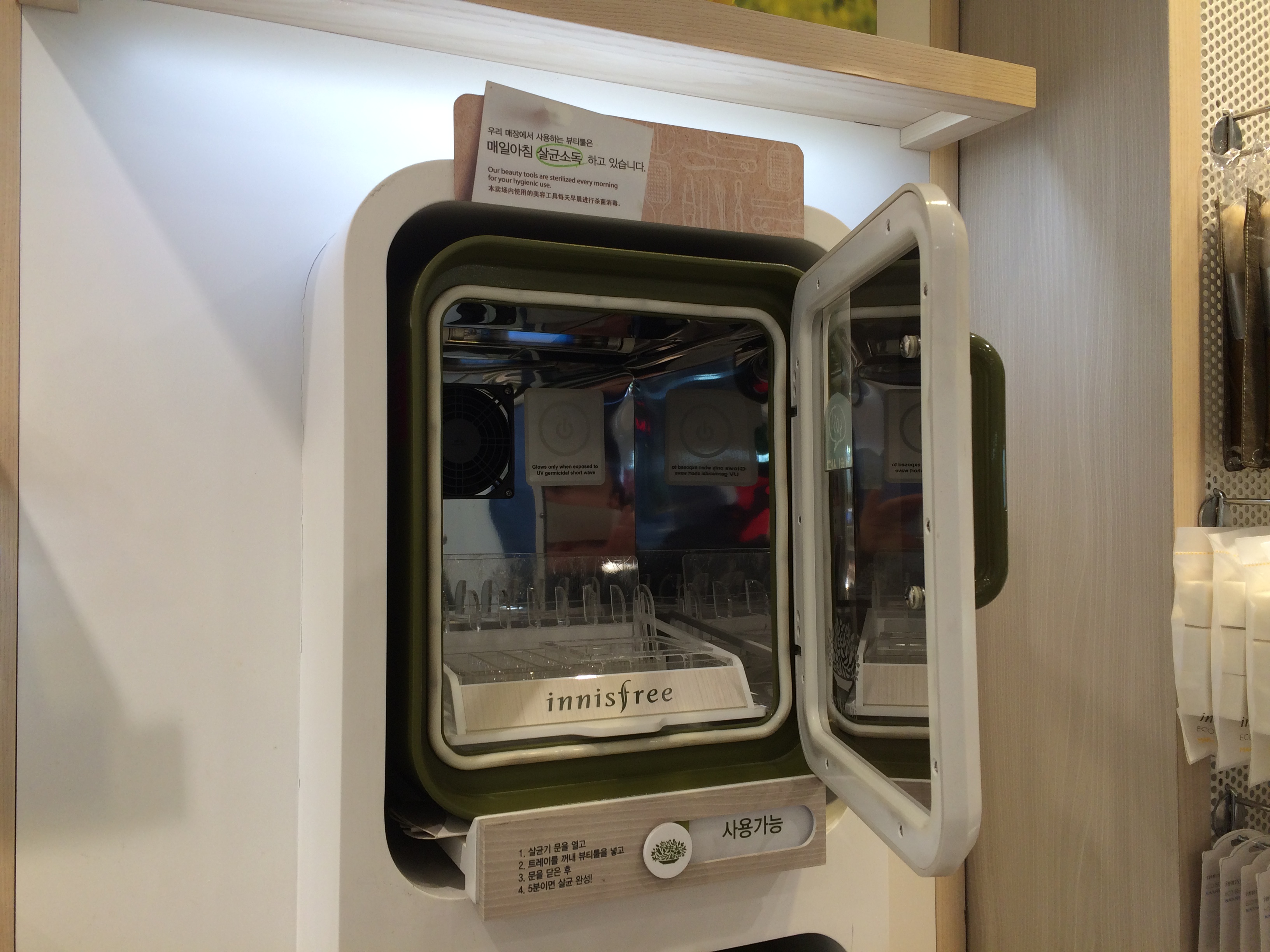Yido is a widely-known premium pottery brands in Korea. It was found by Yi, Yoonshin, a ceramic artist. She successfully established herself in the business world not only because her work reinterprets traditional Korean ceramics in refined contemporary design but also because she paid attention to the two marketing lessons.
First, she listens to market. Recently, Yido launches a new collection called Cera/Mano. Differently from other collections which has four pieces of bowls for a family of four, this newly launched collection consists in only one piece designed for single family buyers.
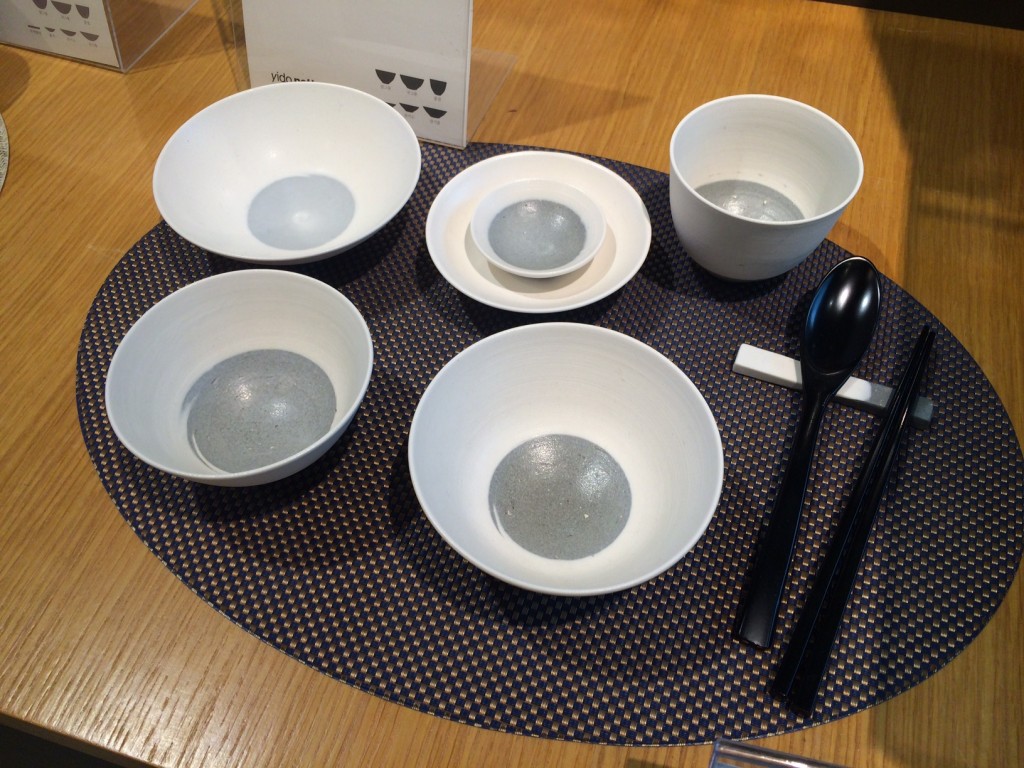
Second, she goes beyond products. In the four-story flagship store, only one floor is dedicated to ceramic-ware sales. on other floors, a Italian restaurant, a brunch cafe, a ceramic academy, and a art and living store run. If other ceramic designers learn these marketing lessons, I assume, they will be able to become market-savvy designers.
Reference
Joo J. & Peterson, S. (2012), “Learning about innovative risk mediation strategies from entrepreneurs in creative industries,” AAG 2012, Working with Freedom: Learning about innovative risk mediation strategies from entrepreneurs in creative industries, New York.
Creative entrepreneurial ventures are characterized by uniquely personal branded offerings with enormous potential for profit, combined with huge market and execution risk. What differentiate creative entrepreneurial ventures from that of technology ventures are their dependency on a few individuals’ intangible breakthrough ideas. The absence of process control and metrics for evaluating cost, risk and required time commitment makes Return On Investment (ROI) impossible to assess.
Consequently, private investments are virtually unattainable. The subsequent extreme financial pressure combined with ineffective processes leads to destructive behaviors. Traditionally, three independent and mutually supportive approaches exist to mitigate risk and increase profit in creative ventures. These are: (1) Education: Providing market and executions knowledge and experiences through schooling, internships and apprenticeships, (2) Funding: Government and/or trade association backed with coaching and financing, and (3) Collaboration: Pooling of resources and creative talent to leverage individual talents and mitigating risk.
We propose using Design Research, Design Thinking and technology venture insights to develop methods and tools for sustainably running creative entrepreneurial ventures. First, we will identify best practices, by qualitative research within the creative fields of design, music, game, movie and art in the cultural settings of Los Angeles, Copenhagen and Seoul. Secondly, we identify knowledge transfer opportunities and conduct brainstorming sessions to synthesize new methods and tools. The outcome will be a creative portfolio management matrix, outlining how to best take ideas from concept to commercialization as a function of market and execution risk for the examined creative disciplines.
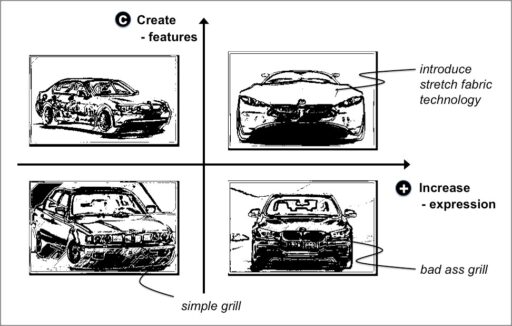
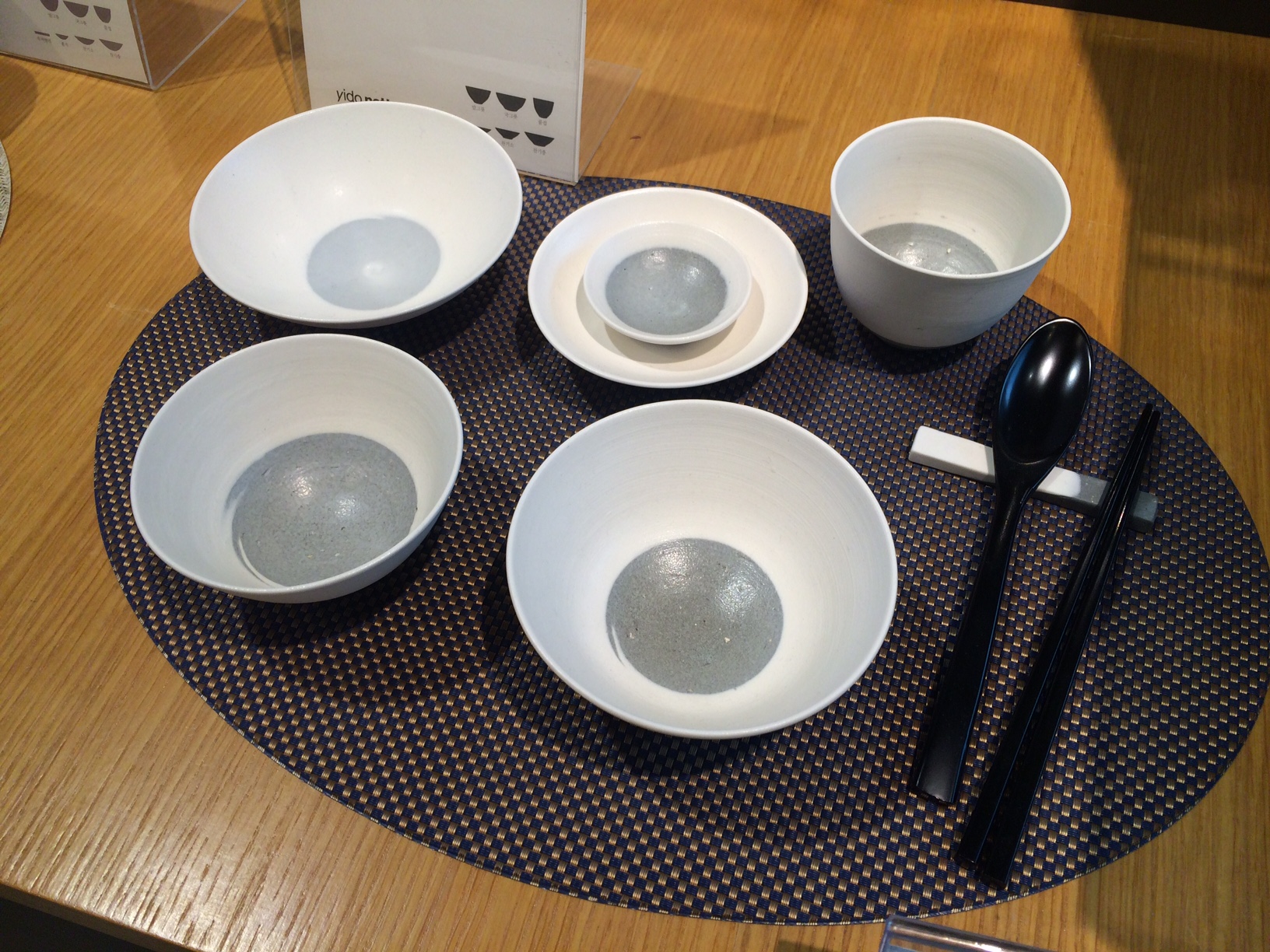



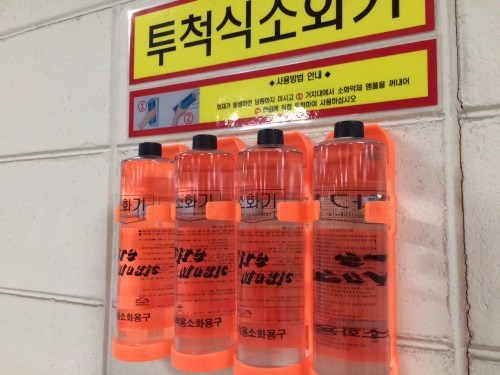
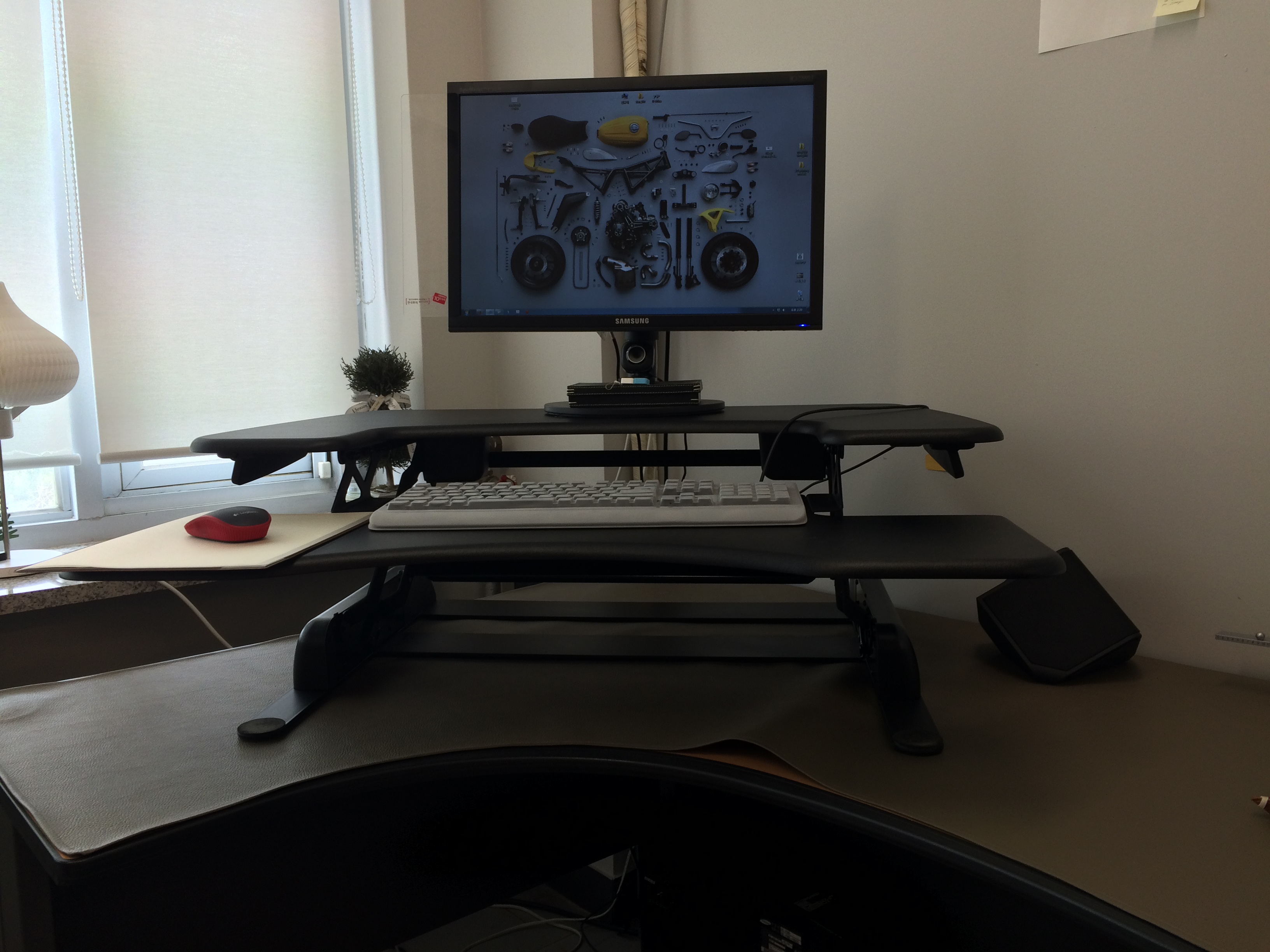
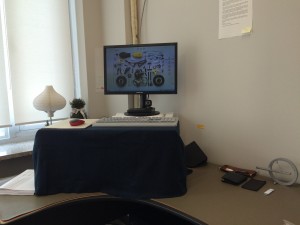
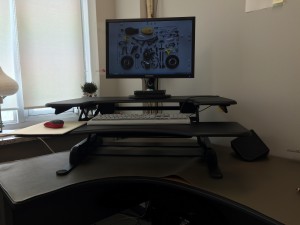

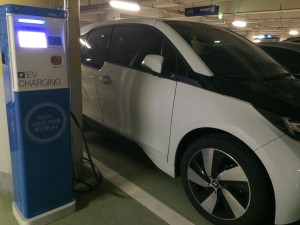 Probably, the department of automotive engineering installed it and owns the electronic vehicle. My first impression about them is that they do not interfere the traffic flow inside the busy parking lot because the charging station occupies a tiny space and it charges a small
Probably, the department of automotive engineering installed it and owns the electronic vehicle. My first impression about them is that they do not interfere the traffic flow inside the busy parking lot because the charging station occupies a tiny space and it charges a small 